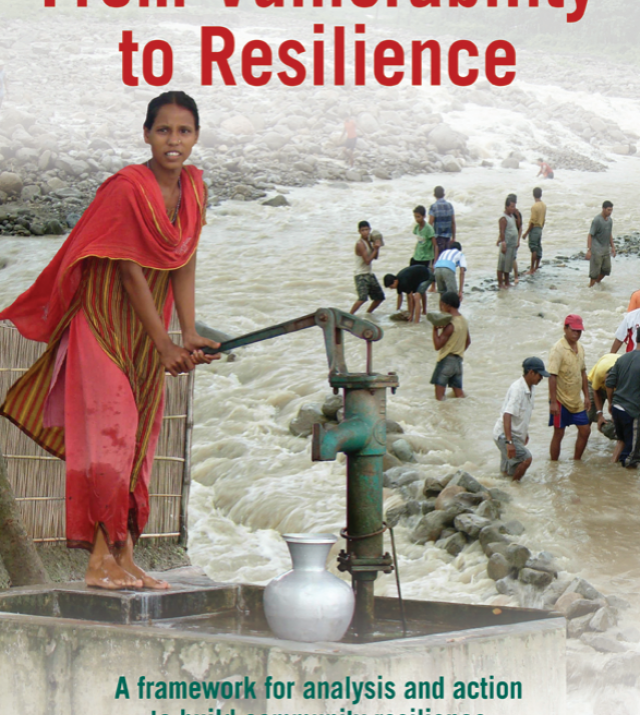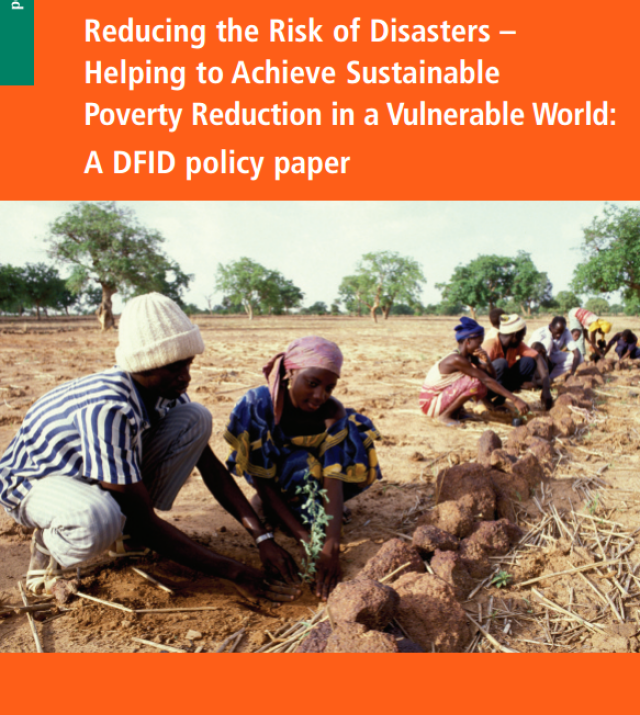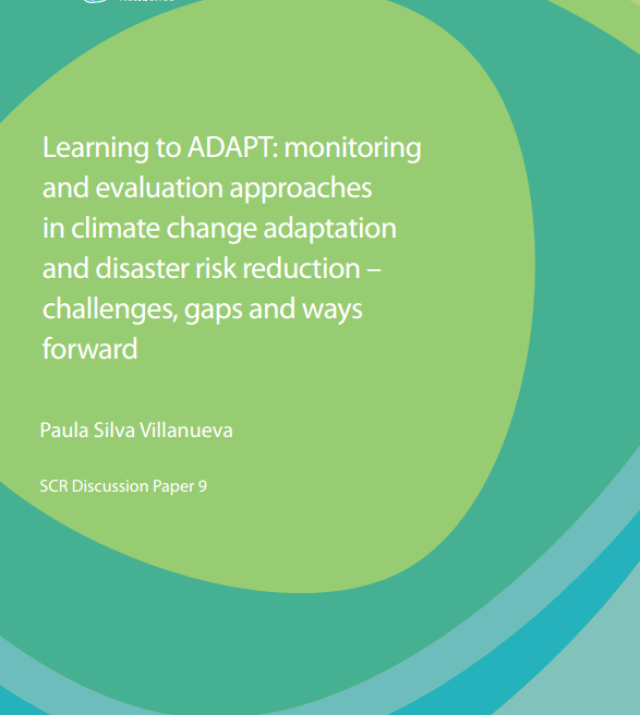
Defining Disaster Resilience: A DFID Approach Paper

Disaster resilience draws together several strands of DFID’s work, and in the wake of the ongoing global financial crisis has become a concern at the highest level. Increasing efforts are being made in social protection, disaster risk reduction and climate change adaptation, aiming to build the resilience of poor and vulnerable communities in developing countries. There is increasing attention being paid to issues such as the resilience of macroeconomic growth and ‘crisis-proofing’ progress towards the MDGs. At the same time, there has been a growing interest in how principles of resilience can be employed in conflict-affected and fragile states.
This Approach Paper is intended to inform the next phase of DFID’s work on resilience to both natural and man-made disasters, by providing a starting point for discussion within the Department and with our partners. Although the focus is on disasters, this is part of a wider process to mainstream resilience across all of DFID’s work which is being led by Policy Division.
The paper begins with an outline of what resilience is and sets out a framework to improve understanding of the different elements to be considered in building resilience through DFID’s country operations. It then looks at a range of existing DFID resilience interventions at country and regional levels. The paper concludes by providing suggestions for what DFID can do to strengthen its work in this area and how it can provide strategic leadership across the international system.

